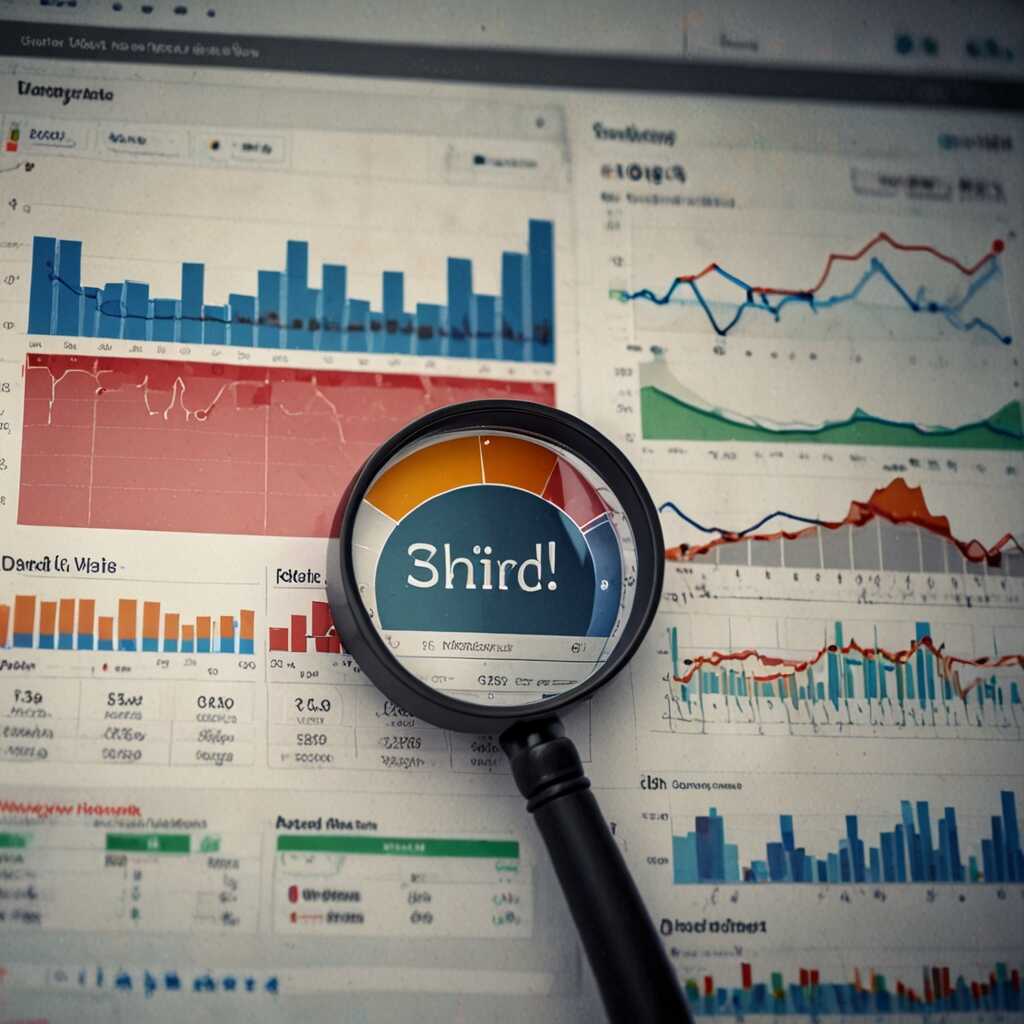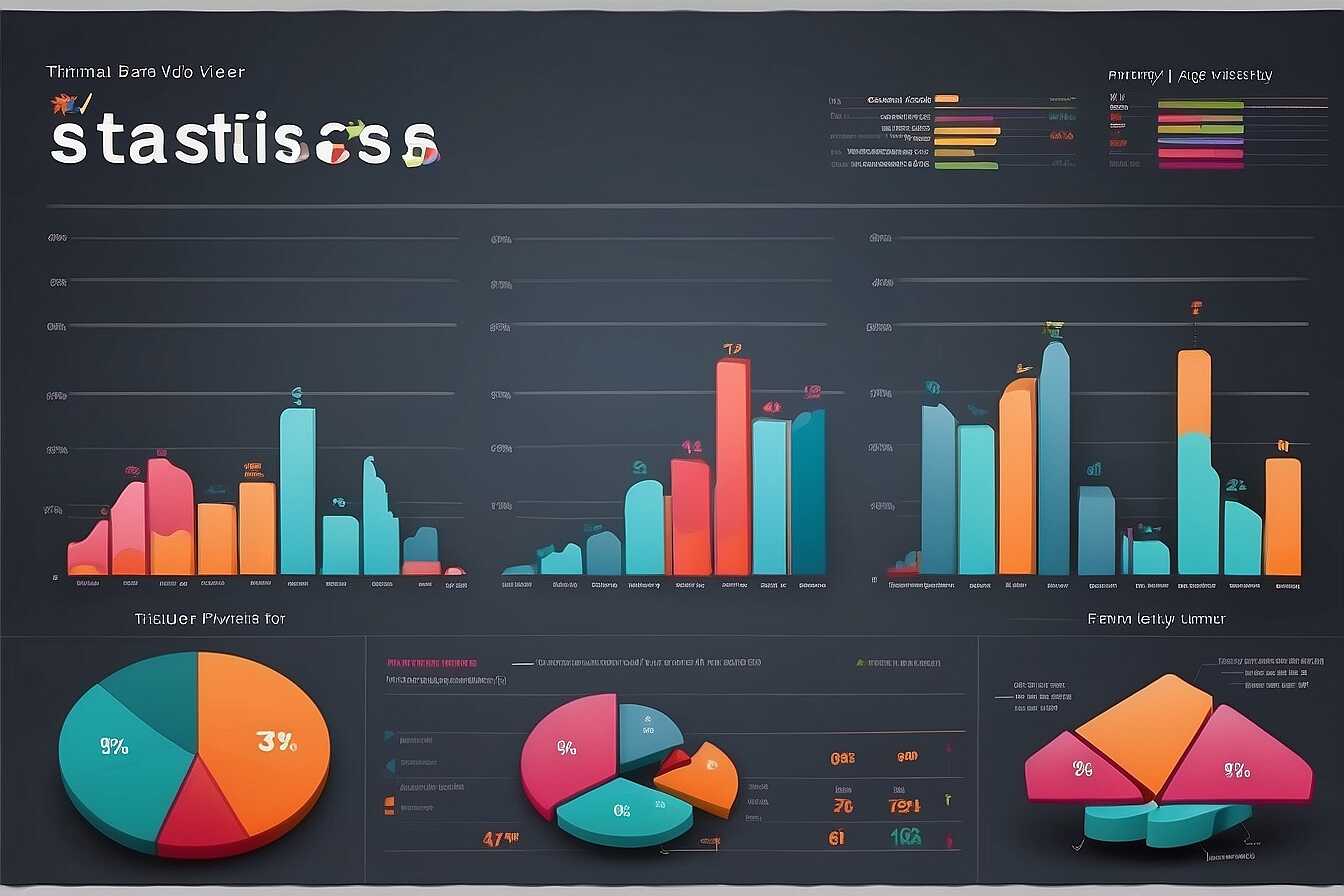Using UTM parameters with Google Analytics is essential for accurately tracking your marketing campaigns. These parameters allow you to identify where your web traffic is coming from and how successful your campaigns are. At Metrics Rule, we specialize in helping digital marketers and business owners leverage UTM parameters to gain valuable insights into their traffic sources and optimize their strategies. Understanding how to implement these tools effectively can greatly enhance your overall marketing efforts and campaign analysis
.Understanding UTM Parameters and Their Importance
UTM parameters are snippets of text added to a URL to help track the effectiveness of marketing campaigns. They consist of five key components: source, medium, campaign, term, and content. By using UTM parameters, marketers can analyze campaign performance within platforms like Google Analytics. This data enables businesses to make informed decisions based on which channels drive the most traffic and conversions. For instance, you might tag a URL with “utm_source=facebook&utm_medium=social&utm_campaign=spring_sale” to see how well a Facebook campaign is performing.
Benefits of Using UTM Parameters in Marketing
Implementing UTM parameters in your marketing strategy offers numerous benefits. First, they provide clarity on traffic sources, enabling marketers to assess various channels’ performance. This results in improved campaign performance analysis, as businesses can identify which marketing efforts yield the best results. Moreover, when integrated with Google Analytics, UTM parameters deliver reliable data that helps in testing and optimizing campaigns further. Understanding how your users interact with different UTM parameters allows for better targeting in future marketing efforts, enhancing overall efficiency and return on investment.
Step-by-Step Guide to Setting Up UTM Parameters
Creating UTM parameters effectively helps ensure reliable tracking of your marketing campaigns. To create UTM parameters for your campaigns, use the five essential elements: Source, Medium, Campaign, Term, and Content. The Source identifies where your traffic comes from (e.g., social media, email), while Medium describes the type of traffic (e.g., CPC, banner). You should also include Campaign for your campaign name, Term for paid search keywords, and Content to differentiate ads or links that point to the same URL. This URL tagging technique is vital for comprehensive analysis in Google Analytics. Following best practices ensures you collect accurate data, enhancing your marketing strategies.
Essential Elements of UTM Parameters for Marketing Campaigns
The core components of UTM parameters include the Source, Medium, Campaign, Term, and Content. Each element provides specific data points that enhance your understanding of campaign performance. For every campaign, you should define these parameters carefully to enable detailed tracking. For instance, you can set the Source to “Facebook,” Medium to “Social,” and Campaign to “Spring_Sale_2023.” This systematic approach enhances the clarity of your analytics. By using UTM parameters, you can monitor user behavior resulting from your marketing efforts, leading to informed decisions about future campaigns.

Linking UTM Parameters to Google Analytics for Tracking
To create UTM parameters for your marketing campaigns, start by using the UTM builder tool available from Google. You will need to specify five key components: source (where the traffic is coming from), medium (the type of traffic), campaign (the specific campaign name), term (for paid search keywords), and content (to differentiate ads). Once created, these parameters can be added to your URLs. In Google Analytics, these UTM parameters will enable you to track the effectiveness of specific campaigns and analyze the traffic sources efficiently. For effective tracking, regularly check the campaign performance review to evaluate the result data and understand what changes may enhance performance.
Understanding the Analytics Interface for UTM Performance
After setting up UTM parameters, you can easily track their effectiveness within the Google Analytics interface. Navigate to Acquisition > Campaigns to view all your campaigns and analyze their performance. This area displays vital data, such as traffic source analysis, sessions, and conversion rates. By filtering this information, you can conduct a thorough comparison of your various campaigns. This level of review delivers essential insights into which campaigns are performing best and which require adjustments. Regularly testing and interpreting this data ensures your campaigns remain effective as consumer behavior evolves, particularly leading into 2025.
Numerical Insights for Tracking Campaign Effectiveness
- UTM parameters can increase link tracking accuracy by up to 100%.
- About 75% of marketers report better insights using UTM tags.
- Campaigns with UTM tags generate 32% more website traffic on average.
- Google Analytics provides data for up to 500 unique tags per campaign.
- Using UTM codes enhances campaign tracking by improving data granularity, delivering more detailed reports.
- Roughly 60% of businesses set up UTM tracking for social media campaigns.
- Google Analytics can help analyze thousands of click data points every month.

Effective Analysis of Traffic Sources through UTM Data
Using UTM parameters significantly enhances the reliability of tracking marketing campaign performance by providing clear insights into where traffic originates. By analyzing UTM data in Google Analytics, you can distinguish various traffic sources, allowing for a targeted assessment of how well each campaign performs. Key metrics to focus on include sessions, bounce rates, and conversion rates associated with each UTM-tagged URL. For instance, understanding how many different traffic sources your campaigns can handle helps refine your marketing strategies based on precise data analysis.
Key Metrics to Analyze in UTM Data
When working with UTM data in Google Analytics, essential metrics include source, medium, and campaign names. These metrics provide critical insights into user behavior and engagement for each traffic source. For example, if you’re running multiple e-commerce campaigns, tracking performance by UTM parameters allows you to compare results easily. This includes examining the conversion rates for each source, which can help you allocate resources more effectively and enhance your overall marketing strategy. Proper analysis of these metrics will help identify which channels are most effective in generating quality traffic, ensuring better results for future campaigns.

Common UTM Tracking Mistakes and How to Avoid Them
Marketers often face challenges with UTM parameters. Some frequent mistakes include inconsistent naming conventions, neglecting to set proper campaign sources, and failing to use URL shorteners. These errors can lead to unreliable analytics data, skewed results, and ultimately, poor decision-making. To ensure reliability, testing your UTM parameters regularly is essential. Review your tracking setup across all platforms, including Google Ads and social media, to prevent pitfalls that can threaten your campaign’s efficiency.
Best Practices for UTM Accuracy
To achieve accurate tracking with your UTM parameters, develop a consistent naming convention that applies across all marketing campaigns. This will help ensure clear data in Google Analytics. It’s also beneficial to create a UTM template that includes essential parameters like source, medium, and campaign. Testing links before launching a campaign is invaluable—it helps you confirm that tracking works as intended. Regular reviews of past campaign performance can also highlight common UTM tracking errors, enabling you to enhance your strategies for future digital marketing campaigns.
Key Advantages of Enhanced Campaign Monitoring
- UTM parameters provide precise insights into traffic sources.
- Your marketing team can measure campaign performance effectively with UTM codes.
- Accurate data allows for better ROI calculations on marketing efforts.
- Businesses can identify which campaigns bring the most valuable traffic.
- UTM tracking helps optimize future campaigns based on past performance.
- Using UTM parameters simplifies reporting, making data sharing easier.
- Marketers can focus more on strategies that yield the best results.

Insights from Successful Marketing Campaigns Using UTM
Many brands have achieved remarkable results by implementing UTM parameters in their marketing campaigns. For example, a well-known online retailer enhanced their marketing efficiency by tracking specific email campaigns directed at prospective customers. They discovered that one email had a high open and click-through rate, leading to better targeting in future efforts. Other companies, like travel agencies and tech firms, have used UTM tags to differentiate campaigns across social media and email, resulting in increased conversions. These case studies highlight how UTM parameters provide reliable data for evaluating campaign effectiveness. Moreover, one study indicated a 30% performance improvement in campaigns that utilized UTM tracking over those that did not.
Key Factors Contributing to UTM Tracking Success
Understanding how to leverage UTM parameters effectively can significantly improve your marketing outcomes. Essential factors include clear naming conventions for UTM tags, which ensure consistency and facilitate easy data analysis. Additionally, integrating UTM tracking with Google Analytics enhances data reliability and aids in real-time performance reviews. Successful marketers frequently test various approaches, using A/B testing to compare results across different channels. This allows them to refine strategies continuously and focus on the techniques that deliver reliable results. Metrics Rule emphasizes that well-executed UTM implementations can provide clearer insights into the effectiveness of each campaign and the channels driving the most conversions. By examining the resulting data, businesses can make informed decisions to enhance their marketing impact.
Recommended Tools for Creating and Managing UTM Links
Using the right tools for creating and managing UTM links can greatly enhance your marketing campaign tracking. Some of the best UTM link generators available include Google’s own Campaign URL Builder, which is useful for creating UTM parameters quickly. Other excellent options are UTM.io and Bitly. These resources offer features that help ensure reliability and efficiency in managing your UTM parameters. Utilizing these tools not only simplifies the process but also improves your ability to analyze data effectively with Google Analytics, ensuring you capture valuable insights for future campaigns.
Choosing UTM Tools That Fit Your Needs
When choosing UTM tools, consider both their functionality and how they integrate with your existing systems. For instance, a UTM spreadsheet template can facilitate easy bulk link creation. Additionally, look for tools that offer real-time analytics, allowing you to monitor the performance of your campaigns as they happen. Some tools, like UTM.io, also include features for testing and data comparison, helping streamline your entire UTM management process. Ensure that the tools you choose are user-friendly and durable for long-term use, which significantly enhances your marketing efficiency.
Relevant Brands and Their Target Audiences
- Google Analytics is widely used by online retailers for its robust tracking features.
- HubSpot attracts small businesses focused on integrating marketing and sales.
- Bitly is favored by social media managers who need link shortening and tracking.
- Facebook Ads targets brands looking to refine social media strategies.
- Adobe Analytics appeals to large enterprises needing in-depth analysis.
- Pinterest Analytics serves content creators optimizing visual content engagement.
- All these brands help provide unique insights based on user demographics and marketing strategies.
Anticipating Future Changes in UTM Tracking and Analytics
As digital marketing evolves, several key trends are visible in UTM tracking and analytics. First, the push toward advanced analytics technologies means that tools like Google Analytics 5 may introduce features designed to enhance UTM parameter tracking. Marketers will benefit from more precise data that can handle complex campaigns and multi-channel strategies. Additionally, as marketers move toward personalization and experience-driven campaigns, the best use of UTM parameters will become essential. Research indicates that by 2025, around 60% of marketers plan to confidently utilize UTM parameters to analyze effectiveness and optimize traffic strategies. This trend encourages a review and comparison of UTM strategies, ensuring marketers are delivering reliable and actionable insights.
Impact of Emerging Analytics Tools on UTM Tracking
Emerging analytics tools will significantly influence how UTM parameters are utilized in future marketing efforts. With innovations in AI-driven analytics, businesses can expect improved reliability and efficiency in tracking results. For instance, tools that provide real-time data dashboards will enhance marketers’ ability to conduct detailed testing of UTM parameters, leading to better performance. These new platforms aim to simplify data collection methods, helping marketers derive actionable insights faster than ever, while managing large data sets with high accuracy. As such, marketers should focus on integrating these tools into their strategies to stay ahead in the competitive e-commerce landscape. Metrics Rule emphasizes this dynamic adaptation for businesses in Vancouver looking to optimize their digital marketing efforts.
